Pleasant scents can transport us to another time or place and can speak to us on a deeper level. We readily respond to scent and can recapture the past through our sense of smell. Scent registers in the olfactory bulbs that connect to deep inside the brain through the limbic system, where we store our emotions and form memories. Scent may assist us in greater focus and or a feeling of well-being and relaxation. And enhance a walk for someone who is visually impaired.
Perfumers use a sophisticated system to separate scents. Here, we will divide them simply into astringent or medicinal, fruity, sweet and spicy. There are many other scents in between including complex scents like bergamot which is citrusy and spicy and floral! The best way to learn is to experiment.
Animals, plants and people, we all use scent for purpose. Animals, to find food, attract a mate and mark their territory. Plants, to attract pollinators and food if they are carnivorous. We have used scent to treat dis-ease of the body and spirit, protect against disease, dispel pests and cover unpleasant odours. Humans also use scent for pure pleasure in our personal care and bathing, in our homes and in the garden.
Last and not least are all the benefits we receive from growing plants: nurturing living things; physical activity; sounds from birds, insects or the rustling from the wind and learning new things. This fans out to enhance our communities and from there globally by helping green the earth and care for the soil. Growing anything is fun and worthwhile. Scented plants add another layer of enjoyment to being outside. The more variety of plants the greater the diversity in your landscape.
For the Love of Latin
Plant botanical names have two parts. The first name is the Genus and refers to the family of origin and it is always in upper case. The second name tells us something about the plant and is the species name and it is always in lower case.
Pink carnations or Dianthus caryophyllaceus: with clove-like fragrance
Heliotrope – Heliotropium euodes: sweet-scented
Lemon thyme or Thymus citriodorus: lemon-scented
Ylang-Ylang or Cananga odorata: fragrant, sweet-smelling
Fact or folklore
An ancient Greek story tells of a nymph named Syrinx (Syringa) being chased by the god Pan, who loves her. She asks her nymph sisters to turn her into reeds because she does not love him and wants to hide. Pan then uses these reeds to make the pan pipe, an instrument he often carries.
Planning
Research: mature size; what makes it thrive; when to prune so that flower buds are not unintentionally removed; how it spreads so that it does not become a problem; season of bloom; suitability as a companion plant and what parts are harvested for later use in cooking, pot purri, personal care and teas.
Time scented plants the same as for succession of bloom or separate scents to different parts of the garden; scent is strongest at dusk and in the early morning.
Heirloom and older plant species are the most fragrant but usually have smaller or less showy flowers. Many new cultivated varieties have been bred for larger flowers or more blooms and are usually less fragrant or scentless.
Shrubs and perennials for spring & summer all are sweet smelling
All Lilacs, especially Syringa vulgaris, purples, pinks and white
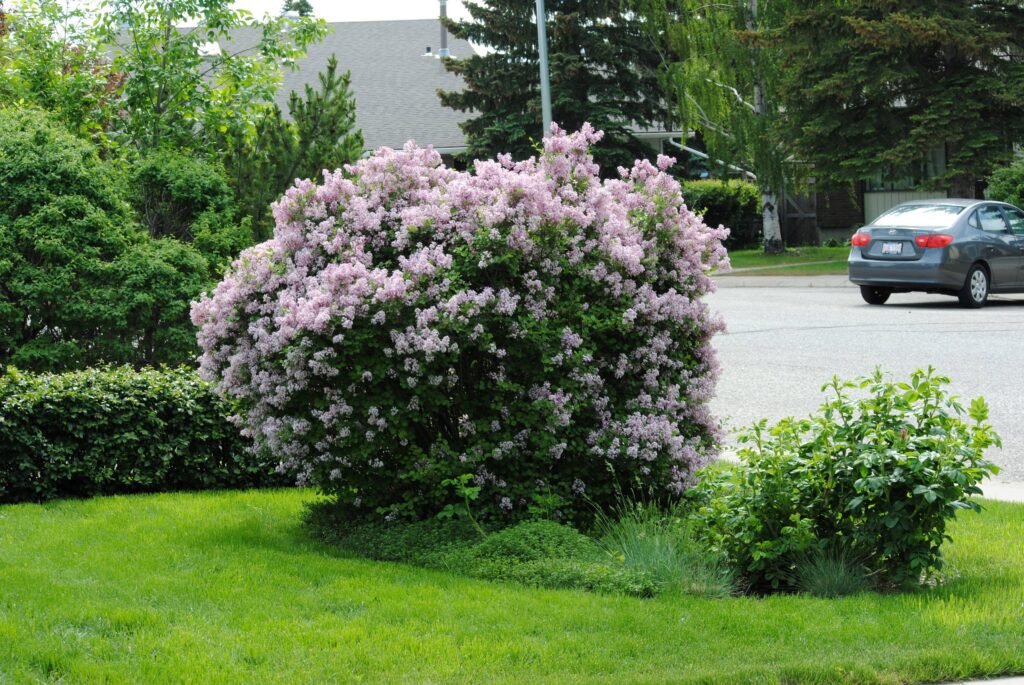
Native Wolf Willow yellow flowers; foliage is medicinal
Lily of the valley white flowers
Crabapple blossoms
Pinks/ Dianthus red, pink, white and bicolour
German Iris many colours and combinations
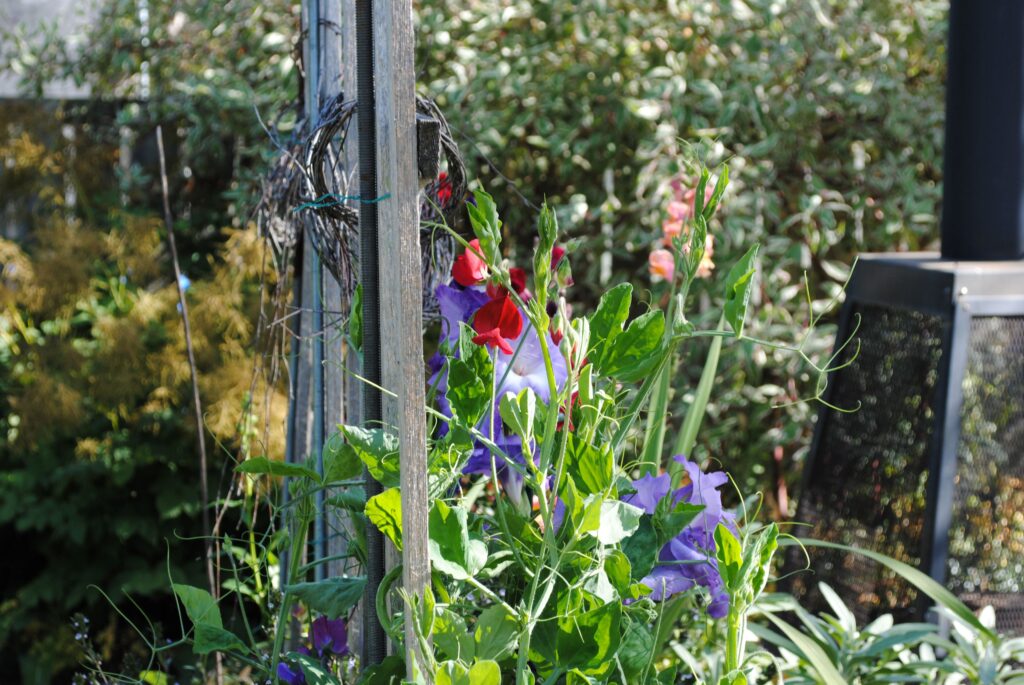
Chinese Peony red, pink, white
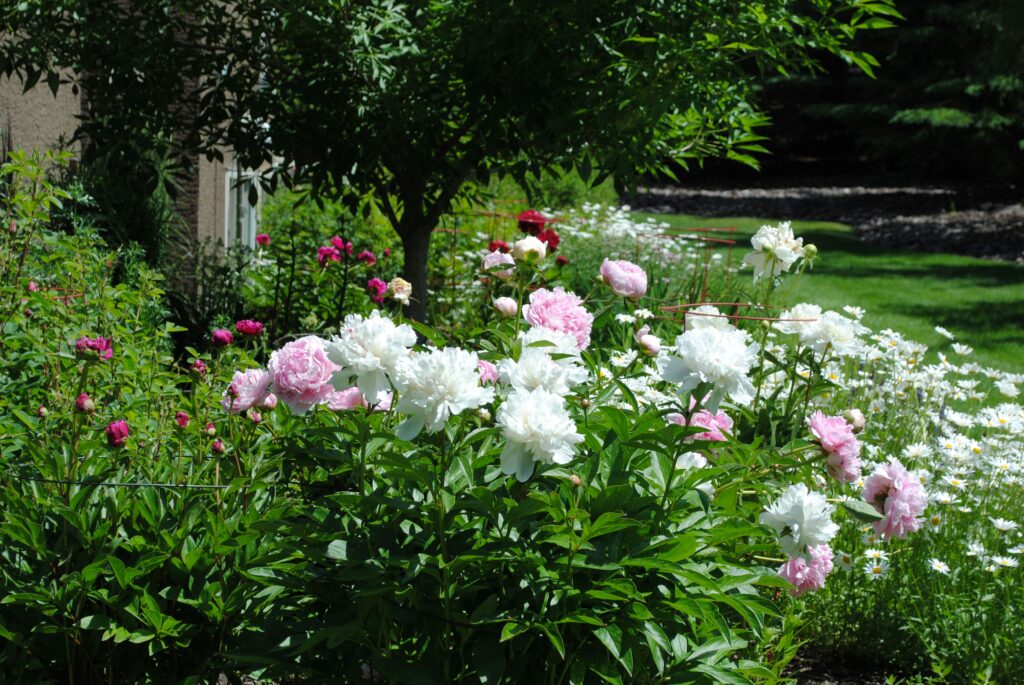
Shrub and perennials for summer & fall
Agastache or Anise Hyssop – licorice
Mockorange clear, bright white flowers – sweet
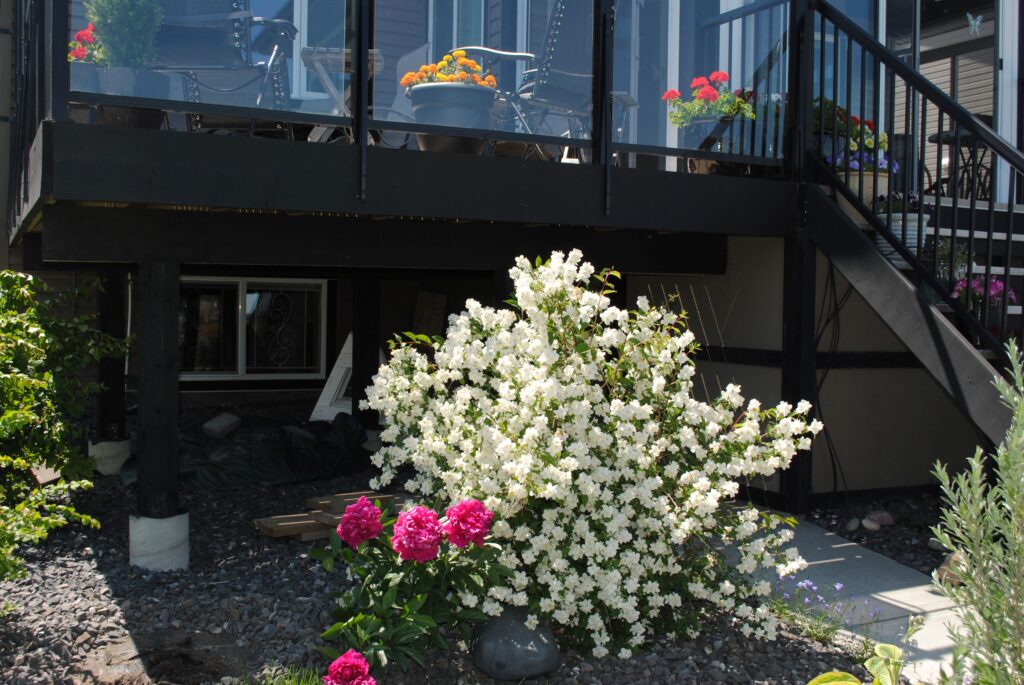
Roses: Hansa, Blanc de Coubert, and Martin Frobisher – spicy and or sweet
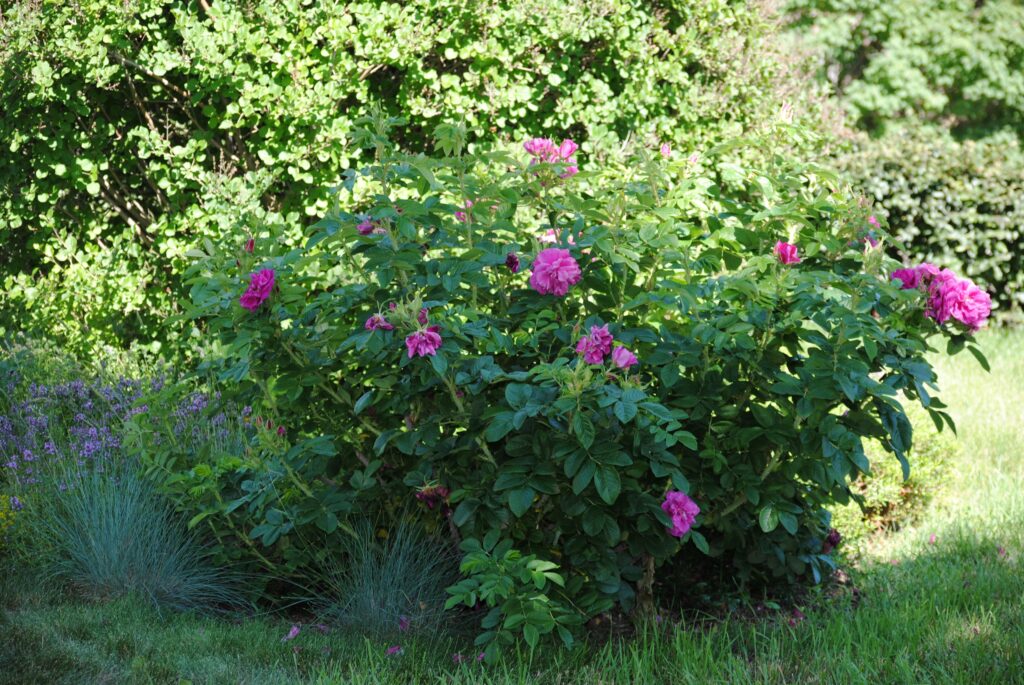
Oriental Lilies pink, white or bi-colour – very sweet
Tall Garden Phlox purple, orange or white – spicy, floral, uplifting
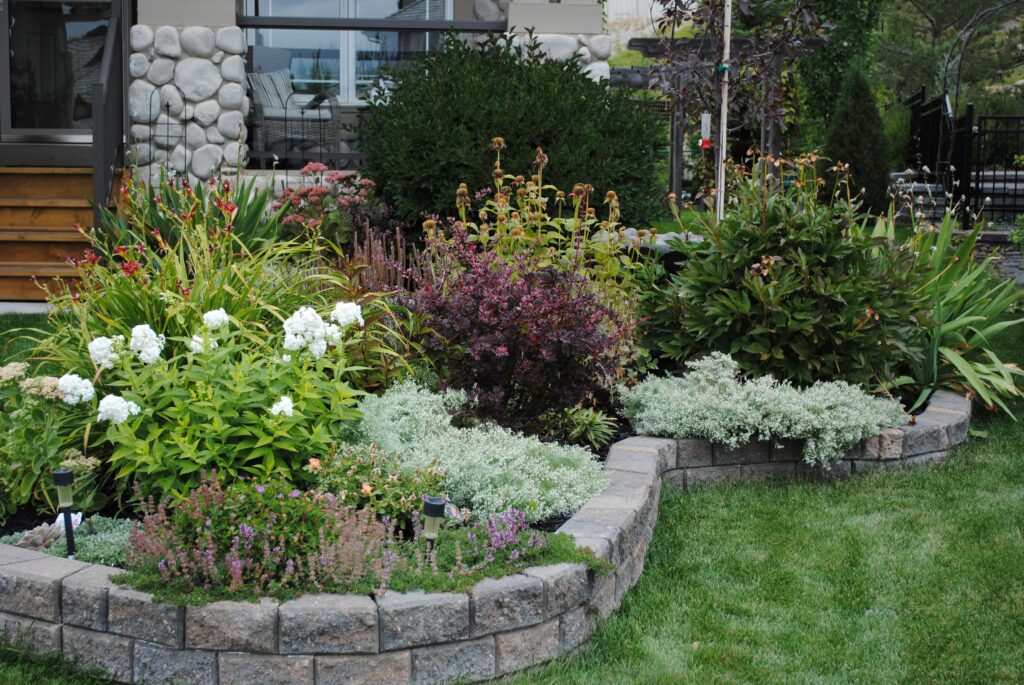
Foliage plants: trees, shrubs, perennials and herbs
Bigfoot Geranium, pink flowers; Bee Balm– both are complex – tangy, sweet, spicy
Catnip – purple blooms, Blue and Rose Queen Sage – purple or pink blooms, Russian Sage – purple flowers; Cooking Sage, Silvermound and Silver Brocade – all are medicinal, earthy
Chamomile, Lemon balm, Lemon Verbena – Fruity, refreshing, sweet
English Lavender, Mint, Rosemary, Pennyroyal, Sweet marjoram, Oregano, Thyme, Santolina – all are medicinal, earthy, clean, uplifting, warm, spicy, invigorating
Evergreens: cedar, juniper, pine, spruce and yew – complex: tangy, uplifting, warm, medicinal
Rue, Summer Savory, Basil – Peppery, tangy
Annuals that are spicy & or sweet & or citrusy
Alyssum: white, lavender, or purple; Evening Scented Stock: pink, purple and white; Jasmine, Four o’clock: pink, red, white; Daphne; Nicotinia: red, pink, purple and white; Old- fashioned Petunia, such as ‘Dreams’, in a rainbow of colours; Sweet Peas in a rainbow of colours
Marigold; Dusty Miller – earthy, medicinal